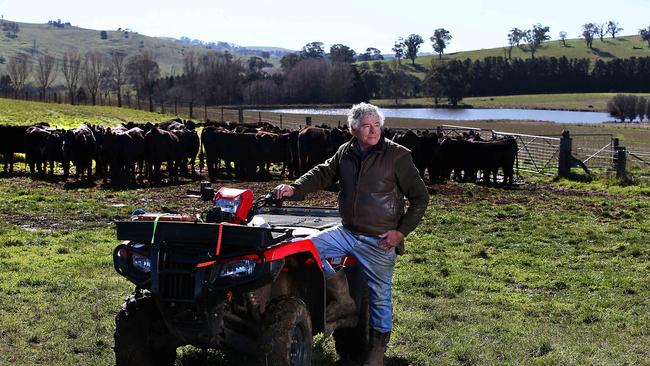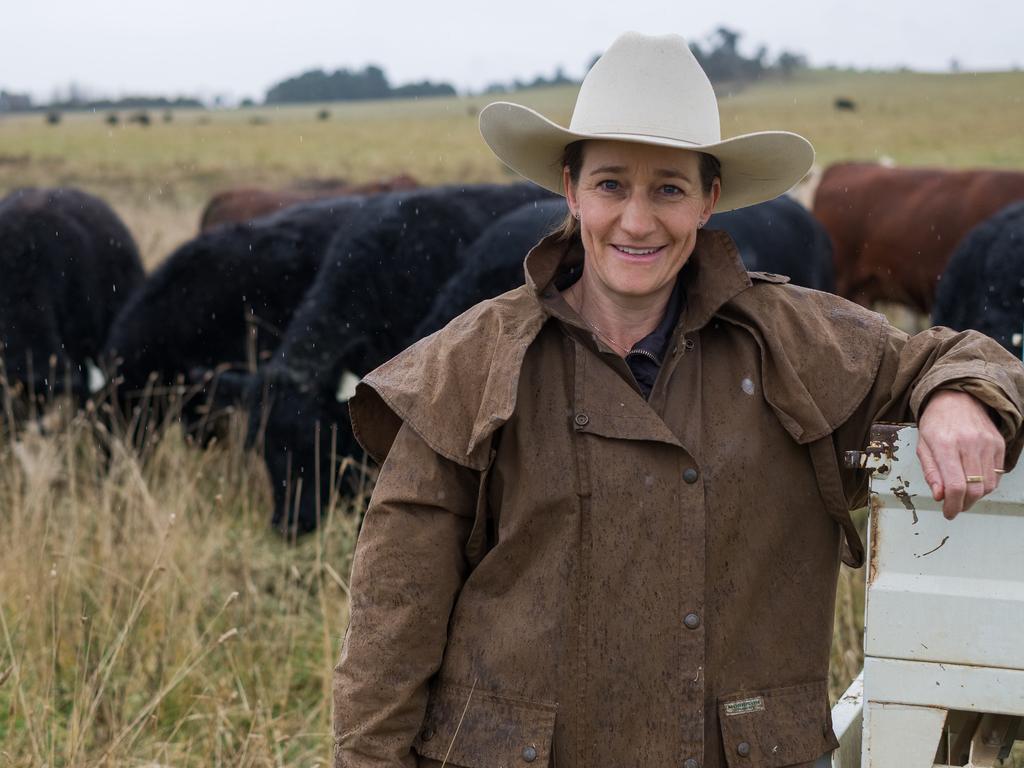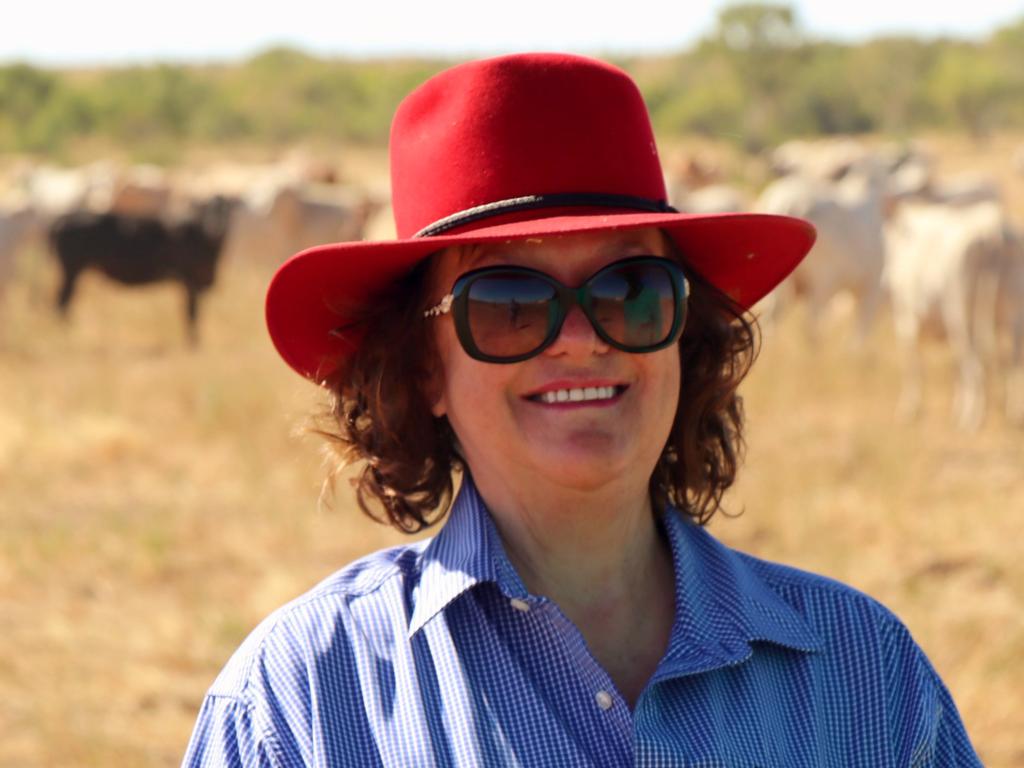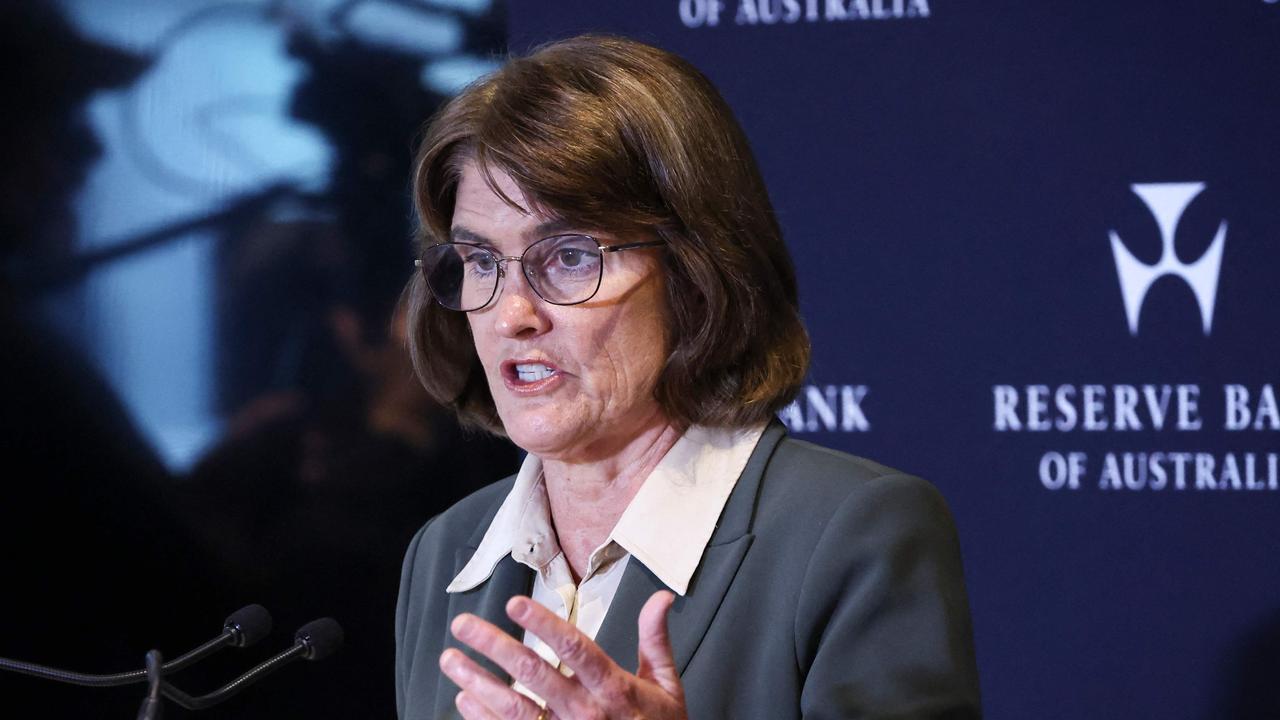Beef prices rocket as world comes buying
Australian beef prices are at record highs off the back of good seasonal conditions and strong global demand for red meat.

If you enjoy a good steak, get your orders in now.
Australian beef prices are at record highs off the back of good seasonal conditions and strong global demand for red meat.
Those prices will only head up as producers restock their herds after years of drought.
The nation’s cattle inventory has plunged to its lowest level in 30 years, caused by farmers de-stocking their herds during the drought to cope with the lack of available feed and water.
Heavy rainfall across the eastern states last year has flushed pastures green again, encouraging producers to replenish their herds, which is causing increased market competition for available supplies and driving up prices.
The Eastern Young Cattle Indicator – an industry benchmark for young cattle prices – reached $10/kg in July for the first time, soaring more than 200 per cent on the same time last year.
While global demand for red meat has pushed prices up across the board, beef has seen some of the largest price jumps, increasing 8.4 per cent on quarter one year-on-year 2020 rates and 17.9 per cent on the same period in 2019.
While analysts, butchers and producers say prices cannot be sustained, there are few signs the market is cooling off.
Despite the soaring prices, domestic consumption of Australian beef continues to be strong, with Meat and Livestock Australia reporting its consumption has lifted 4 per cent year on year.
As domestic producers move to hold on to their herds and resist taking many to market, Australian beef exports have fallen 24 per cent in June 2021.
While exports are down because of the decreased production volume, demand for Australian beef is very strong.
The biggest buyer of beef has been the US, followed by China.
NSW central-west beef producer Graham Whitehead is enjoying the unprecedented prices as he was fortunate enough to not have to de-stock his herd during the drought.
Mr Whitehead said he was able to scrape through by relying on underground silage he had dug up and supplementary cotton seed he purchased.
He feels lucky to be able to enjoy the high prices and not have to compete to buy at those levels.
“I did sell some of the cows to take advantage of the high prices but only to the point of maintaining the herd. I would normally sell the older age group to go off to the slaughter but for the last two years I’ve been selling them to other producers who are trying to build up their herds.
“I’ve had people clamouring to buy my eight or nine-year-old cows that would normally be sold to the abattoir,” he said.
Mr Whitehead said something had to give, warning that prices would have to be passed on to the consumer shortly if prices did not come down.
“It’s a perfect storm really, in terms of people producing cows, as all these ducks have lined up in terms of prices, a massive demand and undersupply.
“There is a risk that the market will drop, and it often doesn’t take much to tip it. But if the season remains as it is, with good rainfall and grass, producers will keep buying the cattle but processors say prices must come up in the butcher shops otherwise they will go out of business.”






